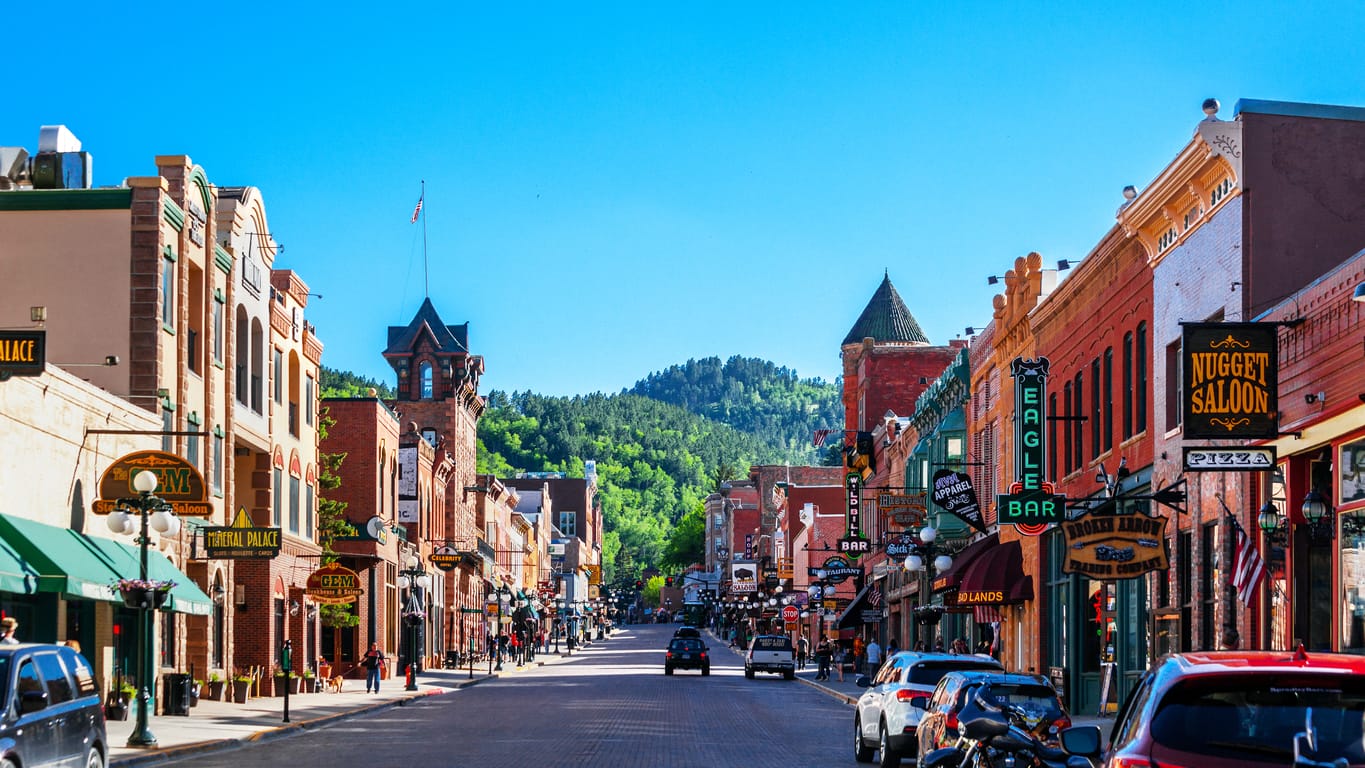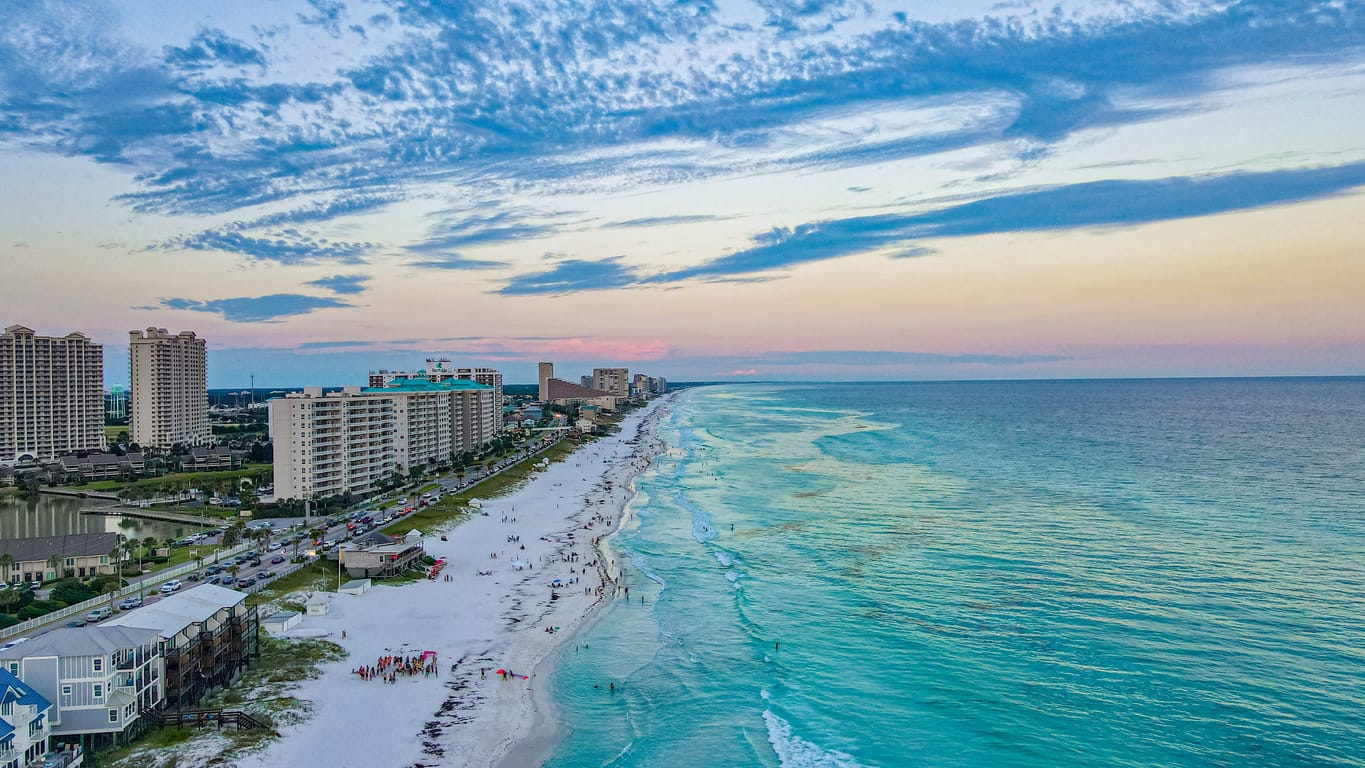Shipping from the State of South Dakota to Florida
The territory that would become South Dakota was added to the United States in 1803 as part of the Louisiana Purchase. The first permanent American settlement was established at Fort Pierre by the Lewis and Clark expedition in 1804. White settlement of the territory in the 1800s led to clashes with the Sioux, as some of the lands had been granted to the tribe by an earlier treaty. Nevertheless, the territory was incorporated into the union on November 2, 1889, along with North Dakota.

Due to a controversy over which state would be admitted to the union first, President Benjamin Harrison shuffled the bills and signed one at random, with the order going unrecorded, though North Dakota is traditionally listed first. Today, a major part of South Dakota’s economy is fueled by tourism–visitors flock to the state to see Mt. Rushmore, which features 60-foot-tall sculptures of the faces of Presidents Washington, Jefferson, Roosevelt, and Lincoln. Famous South Dakotans include newscaster Tom Brokaw, senator, and vice president Hubert Humphrey and model actress Cheryl Ladd.
Shipping to the State of South Dakota to Florida
Florida, which connected the combination as the 27th state in 1845, is nicknamed the Sunshine State and recognized for its balmy climate and natural loveliness. Spanish surveyor Juan Ponce de Leon, who led the first European expedition to Florida in 1513, named the state in complement to Spain’s Easter festivity known as “Pascua Florida,” or Feast of Flowers.

In the first half of the 1800s, the U.S. crowd waged warfare with the region’s Native American residents. During the national War, Florida was the third state to secede from the Union. Starting in the late 19th century, residents of Northern states flocked to Florida to escape harsh winters. In the 20th century, visiting the attractions became Florida’s leading industry and remains so today, catching the attention of millions of visitors yearly. Florida is also famous for its oranges and grapefruit, and some 80 percent of America’s citrus is grown-up there.
